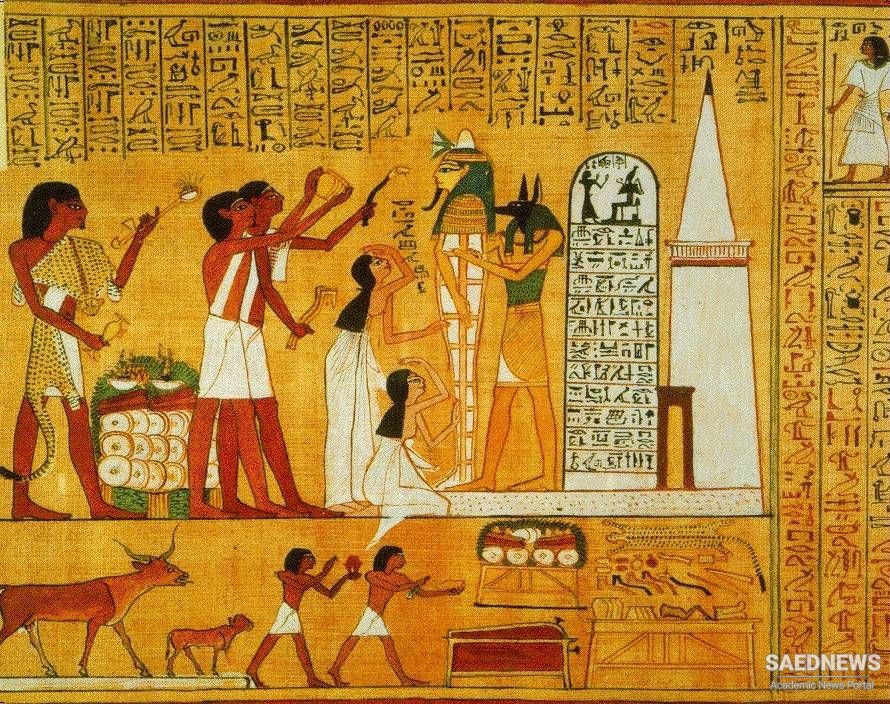Technologies are inventions of humans that have allowed us to survive, and have enabled our cultures to advance. They are for the most part material objects: tools, for example, are simply detachable additions to the body, the manufacture of which generally distinguishes humans from animals. Since humans alone can conceive of past and future, so too we alone can make tools for an imagined eventuality. Tools at first enabled our ancestors to adapt themselves to their environment; only in the last 10,000 years have we used our technologies to adapt the environment to our own needs. Graphic depictions of people’s activities in antiquity form one of our major sources of information about their technologies, from the cave paintings of the Upper Paleolithic, to Athenian vase paintings of the classical period and frescoes from Pompeii. Fortunately for us, our Greek ancestors delighted in decorating their pottery and their Roman successors the walls of their houses, favoring depictions of daily activities as much as loftier mythological scenes. It is from pottery that we learn much about the armament of hoplite soldiers, the vessels used in symposia (literally, drinking parties), the styles of Greek household furniture, and theatrical and athletic competitions. Roman wall paintings and mosaics are equally informative: depictions of country houses, farms, and agricultural tasks; of recent events like a gladiatorial riot in Pompeii’s amphitheater; of religious ritual; and of family activities like buying bread or dining in the triclinium (Source: Ancient Technology).


 Ancient Mesopotamia and Traditional Civilizational Rivals
Ancient Mesopotamia and Traditional Civilizational Rivals














































